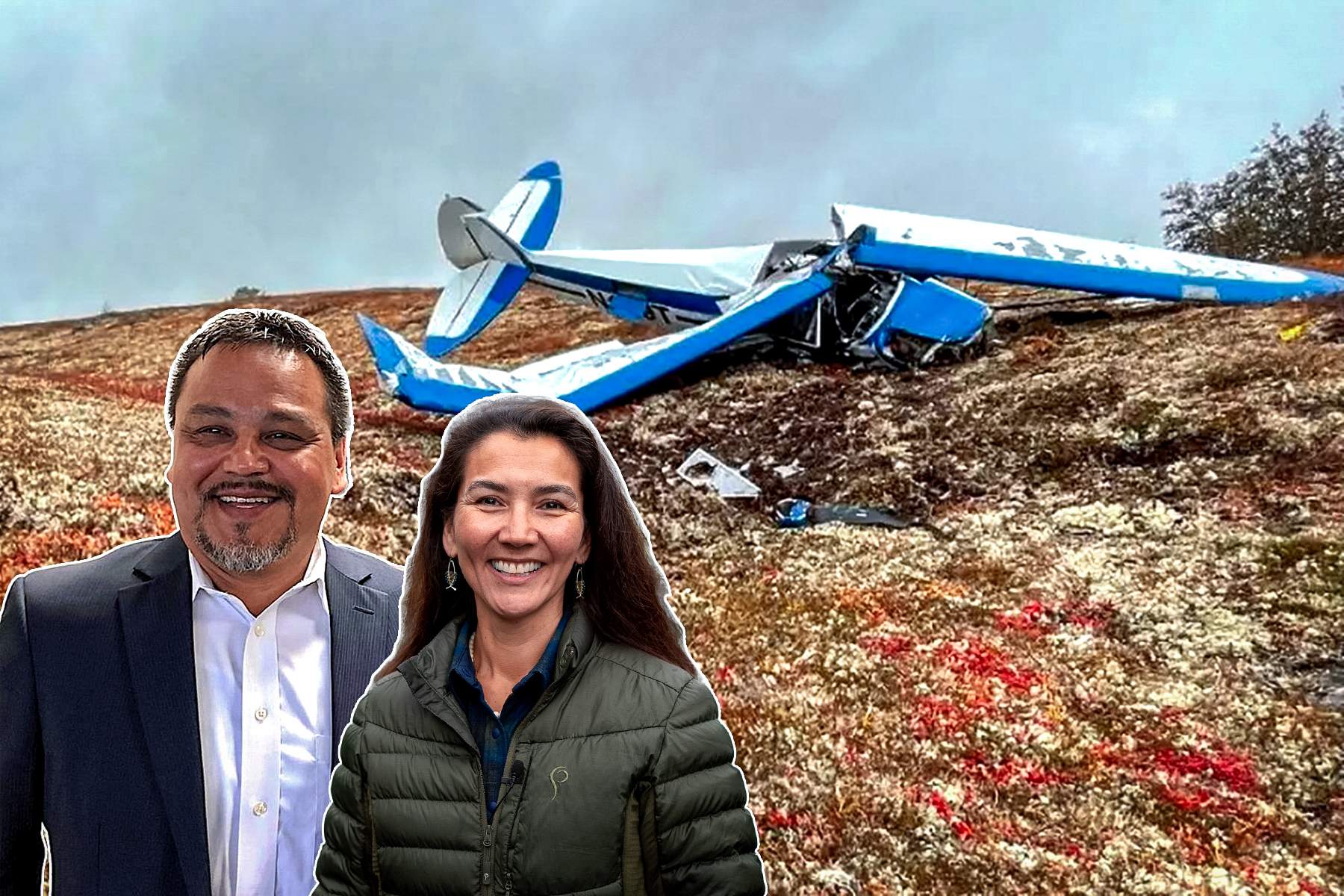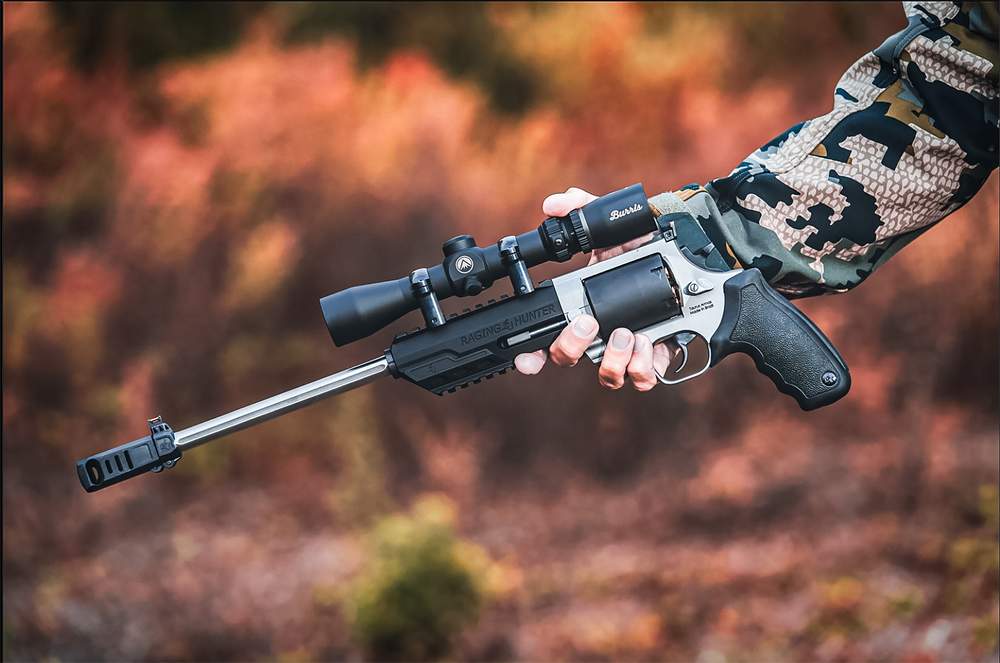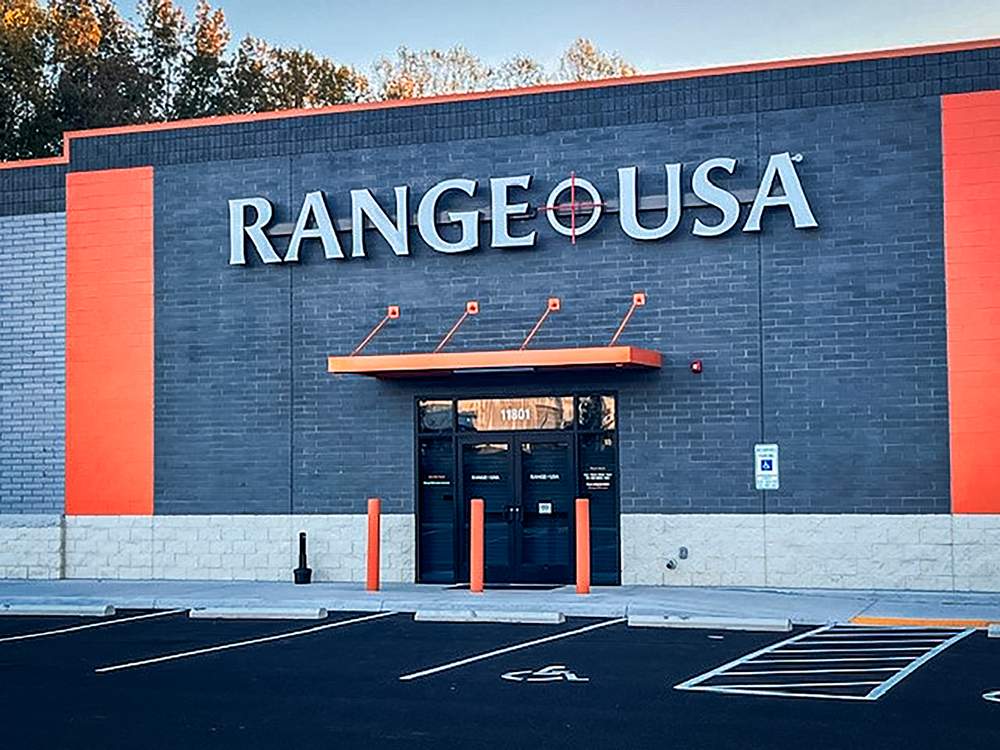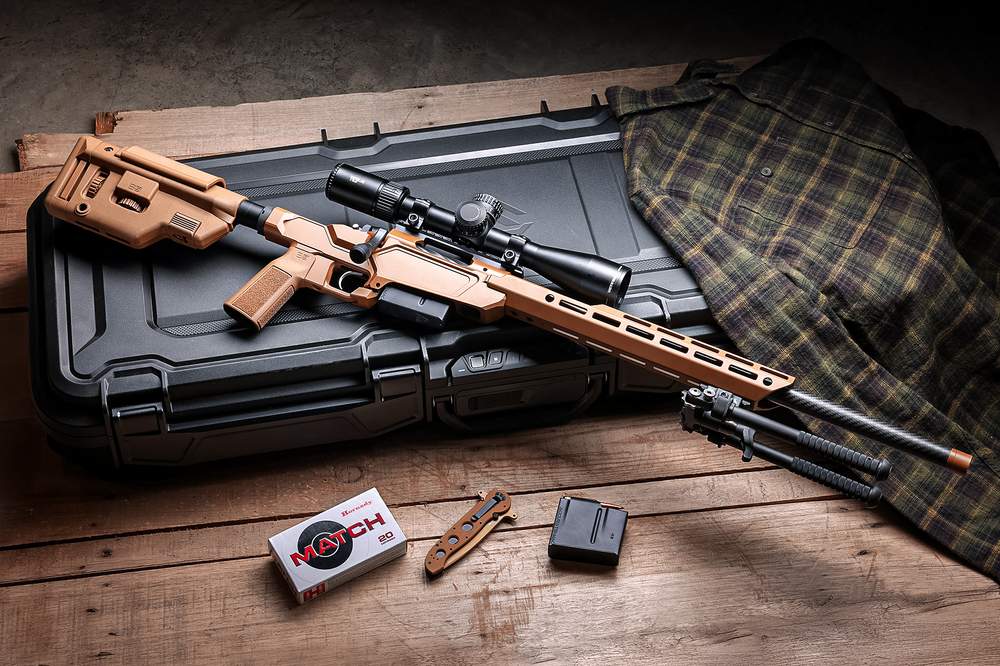A federal report has now confirmed what many Alaskans feared after news broke in 2023 about the plane crash that killed Eugene Peltola Jr., a longtime bush pilot and husband of former U.S. Rep. Mary Peltola: The plane was overloaded with moose meat and antlers when it lifted off from a remote airstrip, causing it to crash.
In Alaska’s moose country, bush pilots have long weighed risk by feel, eyeballing meat weight, reading wind down the valley, and knowing how many turns it’ll take to haul a bull out. The meat usually goes out first, and the antlers ride when and where they fit. Folks have done it that way for generations. But the final report from the National Transportation Safety Board (NTSB), released on July 22, is a sober reminder that even seasoned bush pilots can make miscalculations when it comes to toeing the fine margins of wind, weight, and wild terrain.
The Day of the Crash
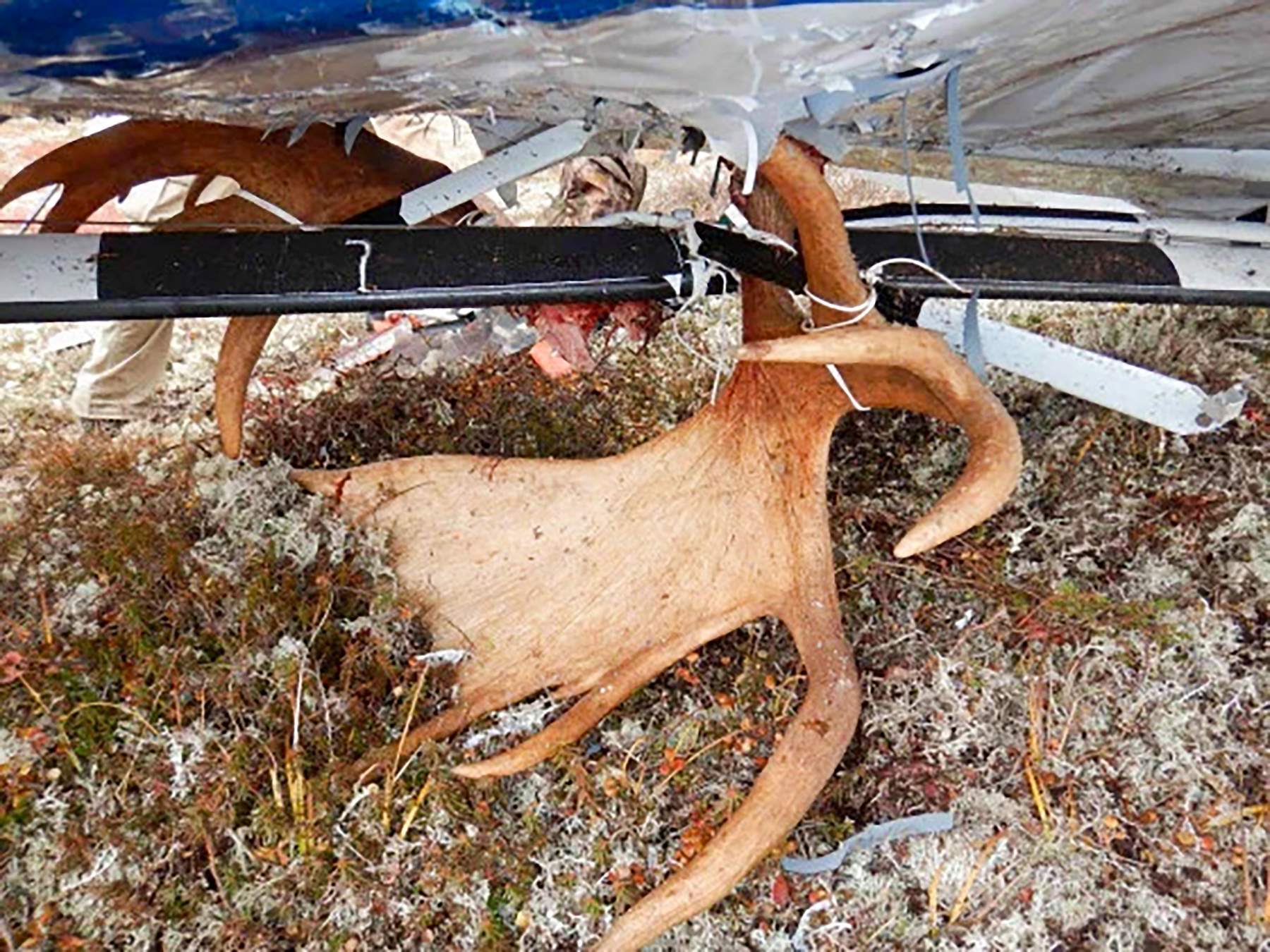
On Sept. 12, 2023, Eugene “Buzzy” Peltola was flying a second load of moose meat from a remote hunting camp near St. Mary’s when his Piper PA-18-150 Super Cub crashed. Peltola was a seasoned pilot who spent three decades with the U.S. Fish & Wildlife Service and previously served as the Alaska regional director for the Bureau of Indian Affairs.
Peltola’s first haul that day went smoothly, with a clean takeoff and steady climb. But the second load was heavier. The hunters whose meat Peltola was ferrying watched the plane take off. According to the report, they watched the plane struggle to gain altitude and then bank to the right before disappearing behind a ridgeline. It never came back into view. A large set of moose antlers had been lashed to the right wing strut.
Contributing Factors According to the NTSB
The NTSB report cited three factors that contributed to the crash: overweight loading, drag from the externally mounted antlers, and wind-induced turbulence near the strip. The plane was 117 pounds, or about 6%, over its certified takeoff weight.
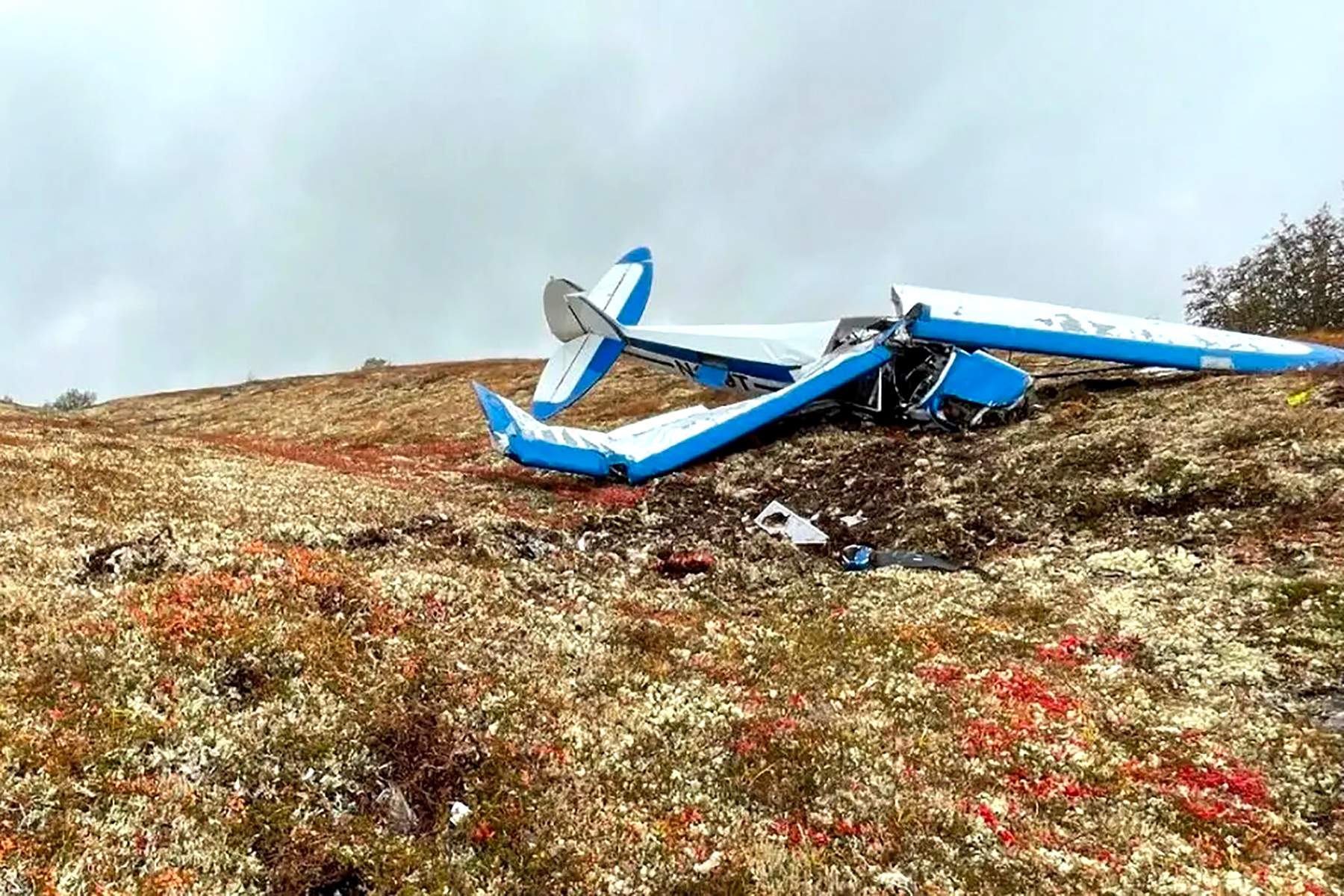
“The pilot did not use scales to weigh the cargo,” investigators wrote. And while lashing antlers to a strut is standard fare in Alaska’s backcountry, the NTSB noted it isn’t always legal.
“Although carrying antlers externally is a common practice in Alaska, it requires formal FAA approval… There was no evidence that such approval had been granted for the accident airplane,” the report says.
The plane took off from a hilltop where wind from the north helped on-the-ground roll. However, once the craft was airborne and turned into the valley, it likely hit turbulence. Combined with the added drag and lateral imbalance from the antlers, it didn’t have enough climb left to clear terrain, the report says.
One of the hunters reached the wreckage and found Peltola bloodied but conscious in the front seat.
“He unbuckled the pilot’s lap belt and extricated the pilot,” the report says. “He then stabilized the pilot by the airplane, covered him in multiple blankets, and set up a heater upwind to keep him warm.”
Despite the effort, Peltola succumbed to his injuries within about two hours. Help didn’t arrive until nearly 2 a.m., almost six hours later. The location was too remote for standard medevac, and the nearest hospital was 400 miles away in Anchorage. The impact had crushed the cockpit so severely that, even with a shoulder harness, there was “no occupiable space left” to protect the pilot from fatal trauma.
Family Taking Legal Action
Now, nearly two years after the crash, Mary Peltola is taking legal action. On Friday, July 18, she filed a civil negligence lawsuit against the aircraft’s owner, Bruce Werba, Alaska Pike Safaris & Wilderness Adventures, and Neitz Aviation, Inc.
The suit alleges her husband was “directed to fly under unsafe conditions,” including flying while fatigued, overloaded, and without proper equipment approvals. She is seeking at least $100,000 in damages.
